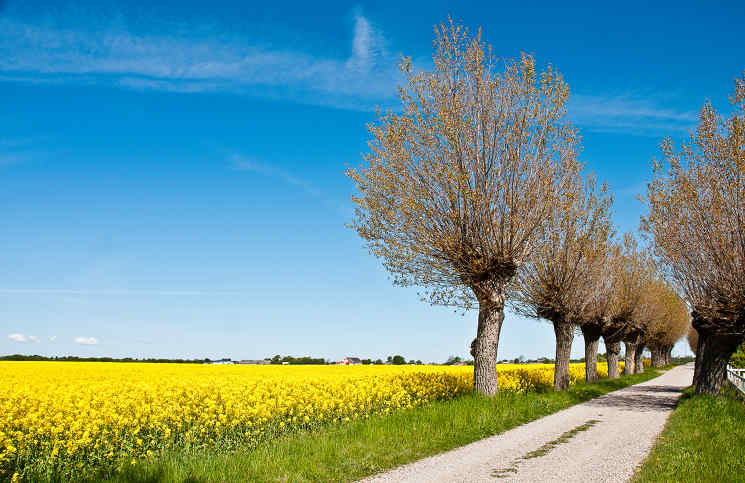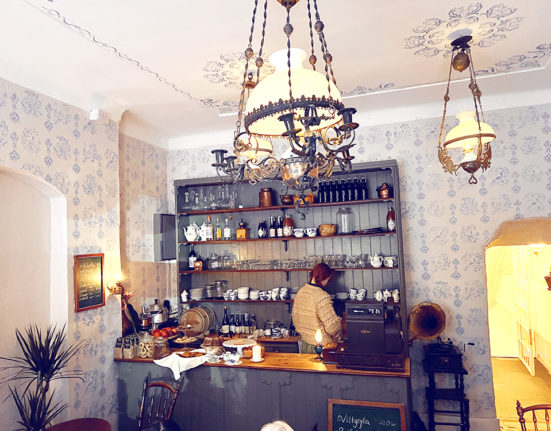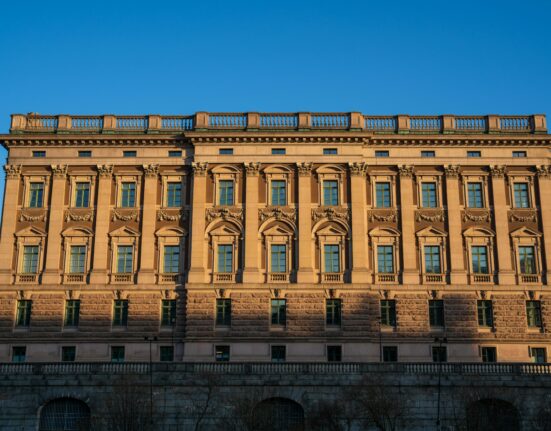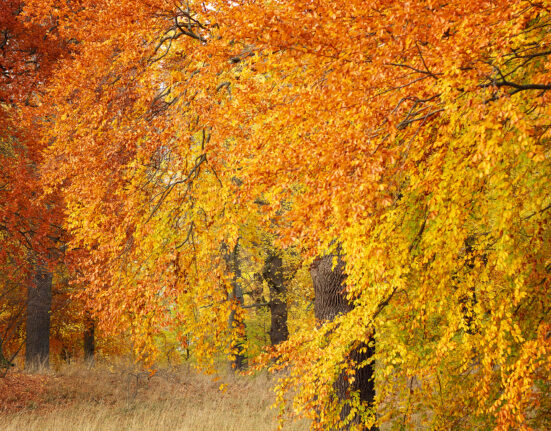YLC’s Amy Johansson take us on a tour of her new stomping grounds – the deep south or the Texas of Sweden…
Surrounded by sea on 3 sides, the southernmost part of Sweden has been a much contested borderland between Sweden and Denmark. With the treaty of Roskilde in 1658, the area was finally ceded to Sweden, though its identity as a borderland area continues to this day. With their own flag, their own language (Skånska) and their own homegrown pride, Skåne surely is the Texas of Sweden. With its rolling fields of flowers, birch forests and beautiful beaches, this area is worth the trip down from Stockholm.
And believe it or not, even though it feels like an entirely different country, you can still speak Swedish (eh, well, sort of, more on that later), use your Swedish mobile phone and Swedish currency.
It’s a relatively straight shot down to Skåne via the E4 from Stockholm if you are thinking of driving. Else, there are SJ trains down from Stockholm to Malmö via Jönköping and Alvesta. You can also fly – either to Malmö airport (in Sturup, about 20 minutes by train from Malmö Central station) or, to Kastrup in Copenhagen, but that’s Denmark. (Psssst: Proud Malmö residents don’t like it when the first thing visitors ask is “how far to Copenhagen”- they have a cool city of their own to enjoy!).
So what are the charms of Skåne to sophisticated Stockholmers, you ask? Skåne has a cosmopolitan, Continentally-tinged atmosphere. You just feel close to Europe. Skåne’s nature is lovely, and with the Baltic Sea at the south and east and the Öresund to the west, it is an appealing summer destination. Österlen, the eastern coastal area is Sweden’s Provence, with its rolling hills, lushly flowered fields, cobblestoned streets and deep blue sea. But really, what makes Skåne most appealing is the energy there. Skåne is Sweden’s Rebel Alliance.
The Skånian spirit is indomitable, and you just can’t help but get caught up in it. What’s most remarkable about it is how willing the Skåne residents are to share their region’s history, customs and language with outsiders. This openness and regional pride is truly infectious. You just can’t help but root for Skåne, even if sometimes you have no idea what they are saying!
Where to go
Malmö
This is Skåne’s largest city and Sweden’s third largest after Stockholm and Gothenburg. The neighborhood Möllevången is the Södermalm or Williamsburg of Malmö with Folkets Park, the requisite hirsute hipster men, inexpensive ethnic restaurants that cater to the heavily immigrant population.
Folkets Park is, and I am saying this as a person who lived in Williamsburg/Greenpoint Brooklyn, the absolute closest approximation Sweden has to New York City both in terms of eccentricity, genuinely insane people milling about, and diverse groups of friends eating picnics. Västra Hamnen, the western harbor, is home to Malmö’s most talked-about piece of modern architecture, the Turning Torso.
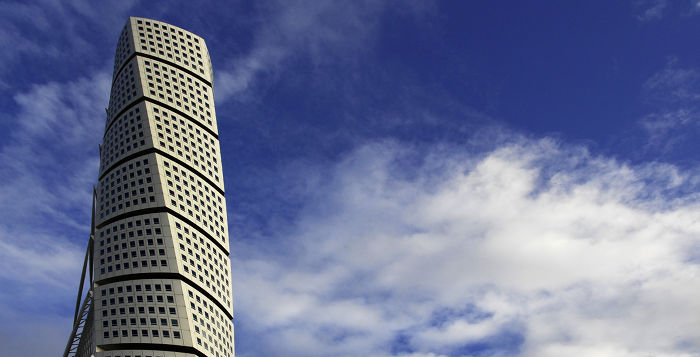
Turning Torso. Photo by Silvia Man/imagebank sweden
Malmö also boasts a modern, renovated library, a technical museum that will delight children, and a modern museum.
Emporia is Malmö’s newest indoor shopping center. What distinguishes Emporia, however, is the breadth of shopping available. In addition to the usual suspects (Swedish national chain stores), it boasts unique and local options and one-offs. This makes for a textured and very Malmö-ish shopping experience.. Best for Stockholmers who: like Södermalm, design, smaller- scale Copenhagen.
Lund
A sophisticated and vibrant university town, this city draws scholars, academics and thinkers from across the globe. It is also a beautiful town, with lovely parks, diverse social offerings and a globally diverse atmosphere abuzz with students. Despite its location in the middle of Skåne, citizens of Lund speak with refined accents that are quite dissimilar to their neighbors. Best for Stockholmers who like: Harry Potter, Oxbridge atmsophere, small business, innovation and Uppsala.
Helsingborg
This is a sophisticated city at the narrowest part of the Öresund. Yes, you can see Denmark from here. But it’s more than a ferry town, or a means to get to Helsingör, Denmark (yes, that’s Elsinore, as in Hamlet’s castle, or Kronborg Slott). Helsingborg is a lively harbor city, with a modern and innovative waterfront design, independent non-chain restaurants and cafes, as well as a history and reputation for innovative design. Best for Stockholmers who like: design, cafe culture, sailing, views of Denmark.
Skånska? Au ja!: A quickstart guide to the language
So you think you speak Swedish, right? Well you obviously haven’t been to Skåne. With their dipthongs, slang and use of alternative grammar, visitors may well think they have been transported to an entirely different language group. Riding the waves of the southern slang was quite difficult for me at first, having learned another southern dialect of Swedish (Småländska), but after a few months of daily immersion, and developing friendships with the Scanians, it’s second nature to me. I’d say I speak fluent Skångelska or Skånglish.
For those interested in the language check out this, this and this!
Here’s a taster of what to expect:
mög – crap (sh&t!)
jävla mög – effing ess, expletive
Au ja – Yeah, totally
gille – party
tös – girl
påg – boy
hossor – hoisery, tights, socks
ålagille – Party where eel of all forms is the guest of honor
ja – pronounced “yah!”
spiddekaåga (spettekaka) – Skånsk delicacy
maj – me
daj – you
päregröd – mashed potatoes
äpplagröd – applesauce
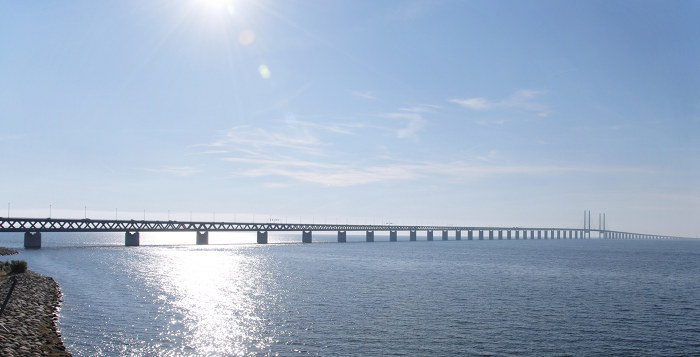
Öresund bridge. Photo by Silvia Man/imagebank sweden
Extra credit – check out the music scene
For traditional music check out the regional folk songs and ballads, but don’t miss Kal P. Dal (Malmö’s Bruce Springsteen?), the homegrown reggae sounds of Peps Persson, or the genius of Edvard Persson.
There’s also Familjen (electropop) Bob Hund (indie rock from Helsingborg), and Emil Jensen (folk songs from this actor, poet and singer-songwriter). Can’t say that these songs are completely comprehensible for us non-native speakers of Swedish, er, Skånska, but they certainly train your ear for the melodies, rhythms and the musical landscape of the deep south.
Amy Johansson
Amy Johansson is an American immigrant originally from the New York metropolitan area. She speaks American English with a decidedly New York regional accent and fluent Skånglish. She lives in Helsingborg with her Swedish husband and 3 children, and works deep in the heart of Malmö as a technical writer.
Featured Image: Måns Fornander/imagebank.sweden.se







